Introduction to Car Coolant
The Essential Role of Coolant in Vehicle Performance
Car coolant, often referred to as antifreeze, plays a vital role in maintaining a vehicle’s performance and longevity. Its primary function is to regulate engine temperature, ensuring that the engine operates within a safe range. By absorbing excess heat from the engine and dissipating it through the radiator, coolant helps prevent overheating, which can lead to serious engine damage.
Aside from temperature regulation, coolant serves other essential purposes. It protects against corrosion, lubricates moving parts within the cooling system, and raises the boiling point while lowering the freezing point of the liquid. This multifaceted functionality makes coolant crucial for the overall health of your vehicle. Understanding its importance is the first step toward ensuring that your car runs smoothly and efficiently.
Types of Engine Coolants
There are various types of engine coolants available on the market, and each type has unique properties. The most common types are ethylene glycol-based and propylene glycol-based coolants. Ethylene glycol is more prevalent due to its superior heat transfer properties and lower cost, but it is toxic and must be handled with care. On the other hand, propylene glycol is less toxic, making it a safer choice for environmentally conscious consumers.
Coolants also come in different formulations, such as conventional, extended-life, and hybrid options. Conventional coolants require more frequent changes, while extended-life varieties can last up to five years or more, reducing maintenance frequency. Understanding the specific type of coolant that is suitable for your vehicle is essential for optimal performance. Always consult the owner’s manual or a professional before making a choice.
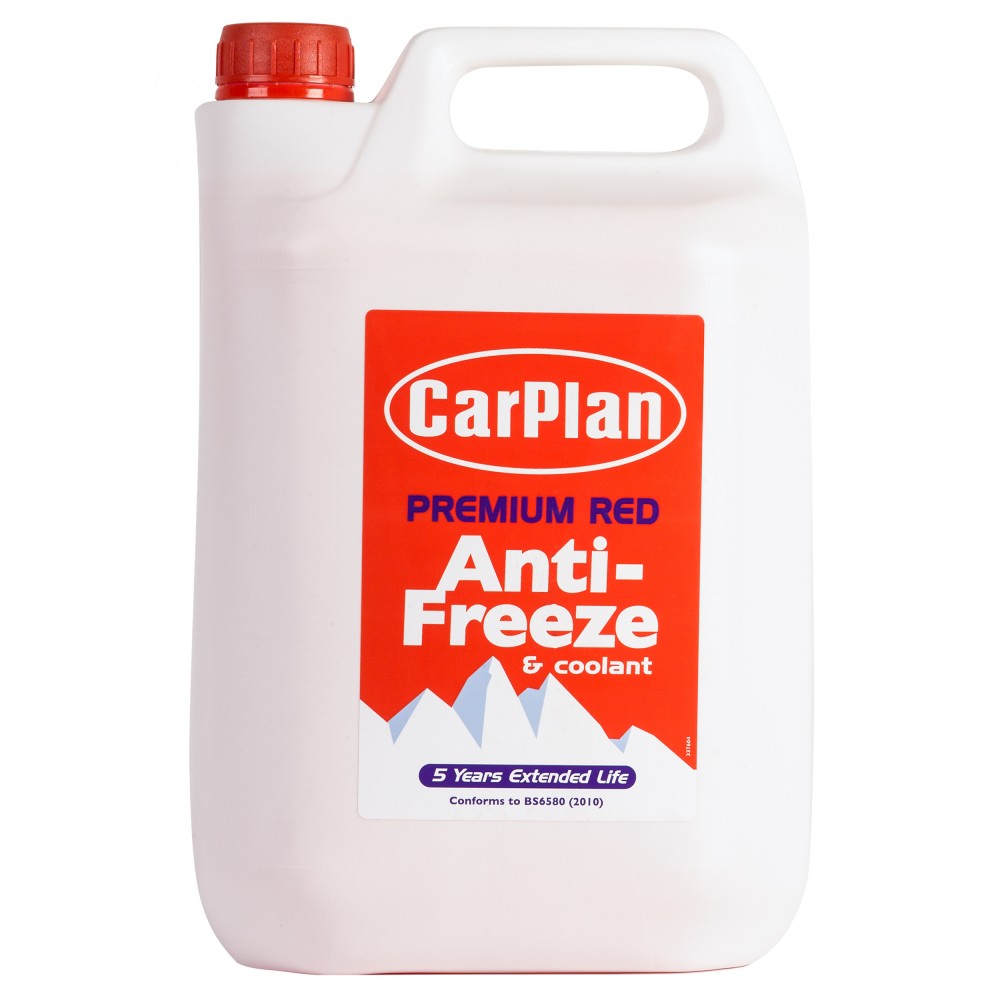
Purpose of This Article
This article aims to provide a comprehensive understanding of car coolant’s importance and how to maintain it effectively. We will explore the functions of coolant, how to check its levels, signs of contamination, and replacement procedures. By the end of this guide, you will be equipped with the knowledge necessary to properly care for your vehicle’s cooling system, ensuring its longevity and performance.
Why is Car Coolant Important?
Car coolant plays a key role in your vehicle’s performance and longevity. Beyond regulating engine temperature, it provides protection against several potential issues. Here’s why keeping your car’s coolant in check is essential:
Preventing Engine Overheating
Car engines generate immense heat while running. Coolant absorbs this heat and transfers it to the radiator. Without coolant, the engine risks overheating, causing potential damage. Engine parts can warp or crack from extreme heat, leading to costly repairs. Regularly checking and maintaining coolant avoids these overheating disasters.
Protecting Against Corrosion
Coolant does more than just manage temperature. It also helps prevent corrosion in the engine. Over time, metal components can rust and weaken. Coolant contains additives that stop rust and scale build-up. Proper coolant levels ensure these additives remain active, protecting your engine parts from damage. Rust-free components keep your engine running smoothly and efficiently.
In summary, coolant ensures your car stays reliable and prevents expensive engine problems. Always make coolant a priority in your vehicle maintenance routine.
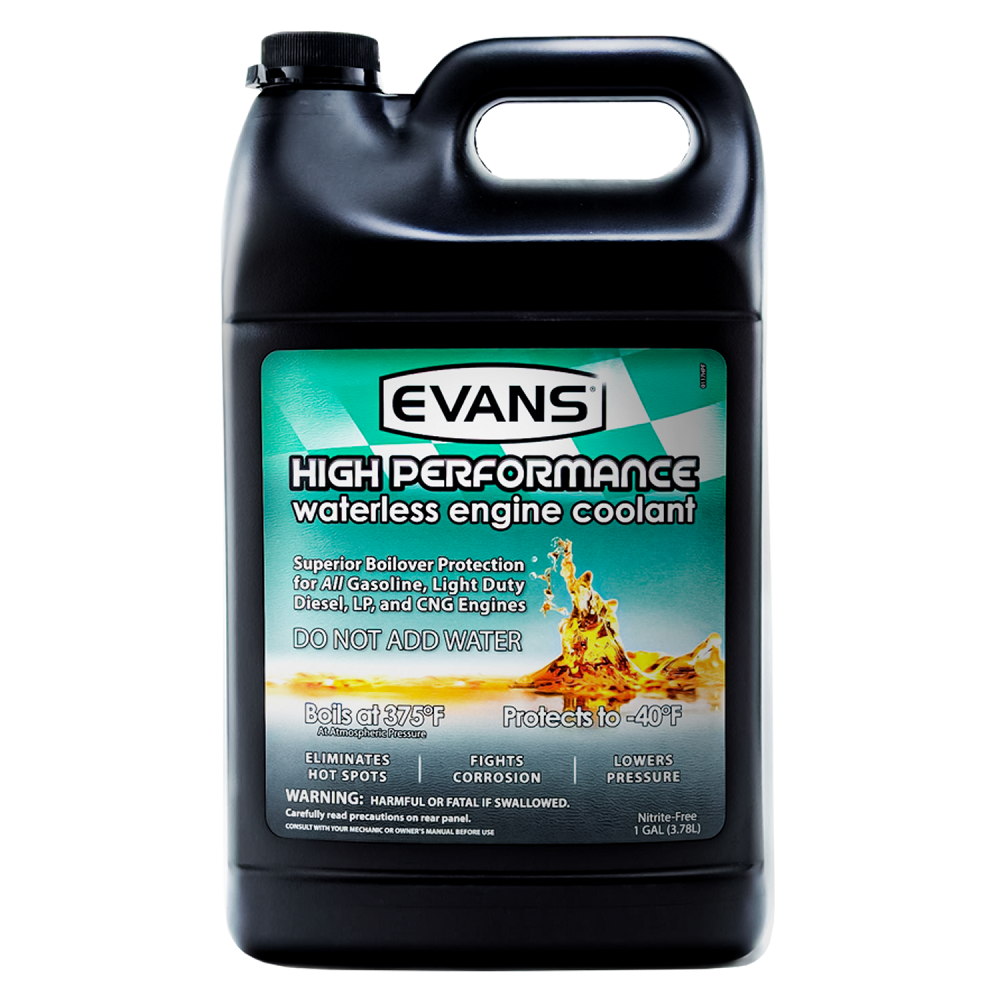
How to Check Your Car?s Coolant Level
Regularly checking your car’s coolant level prevents engine problems. It keeps your vehicle running smoothly.
Tools Needed for Coolant Inspection
To inspect your car’s coolant level, you will need the following tools:
- Flashlight: Helps you see the coolant reservoir clearly, especially in low light.
- Rag or Gloves: Protects your hands from dirt and heat during the process.
- Coolant Tester (optional): Measures coolant effectiveness and identifies contamination.
These basic tools will ensure a smooth and safe inspection process.
Identifying Low Coolant Symptoms
Recognizing low coolant symptoms can prevent engine damage. Here are the warning signs:
- Engine Overheating: A rapid increase in temperature shows a lack of coolant.
- Coolant Warning Light: The dashboard light indicates low coolant levels.
- Visible Coolant Reservoir Levels: If fluid is below the “MIN” mark, add coolant immediately.
- Sweet Smell in Cabin: This indicates a possible coolant leak within the system.
- Steam from the Engine: Overheating can cause steam, signaling coolant issues.
Address these symptoms promptly. Ignoring them may lead to costly repairs or engine failure.
Steps to Maintain Coolant
Proper maintenance of car coolant ensures engine efficiency and prevents damage. Regular upkeep is crucial.
How to Flush and Replace Coolant
Flushing and replacing coolant is essential for a clean and effective cooling system. Follow these steps:
- Check Your Owner’s Manual: Confirm the recommended coolant type and replacement intervals for your vehicle.
- Gather Supplies: You’ll need new coolant, distilled water, a drain pan, and, optionally, a funnel.
- Locate the Drain Plug: Find the radiator drain plug under the car and place the drain pan beneath it.
- Drain the Old Coolant: Open the drain plug carefully to let the old coolant flow into the pan.
- Flush the System: Add distilled water to the radiator, run the engine briefly, and then drain again.
- Refill with New Coolant: Mix the coolant with distilled water (if required) and pour it into the radiator.
- Check and Seal: Check levels, close the drain plug securely, and restart your engine to confirm flow.
These steps optimize coolant performance and prolong your engine’s lifespan.
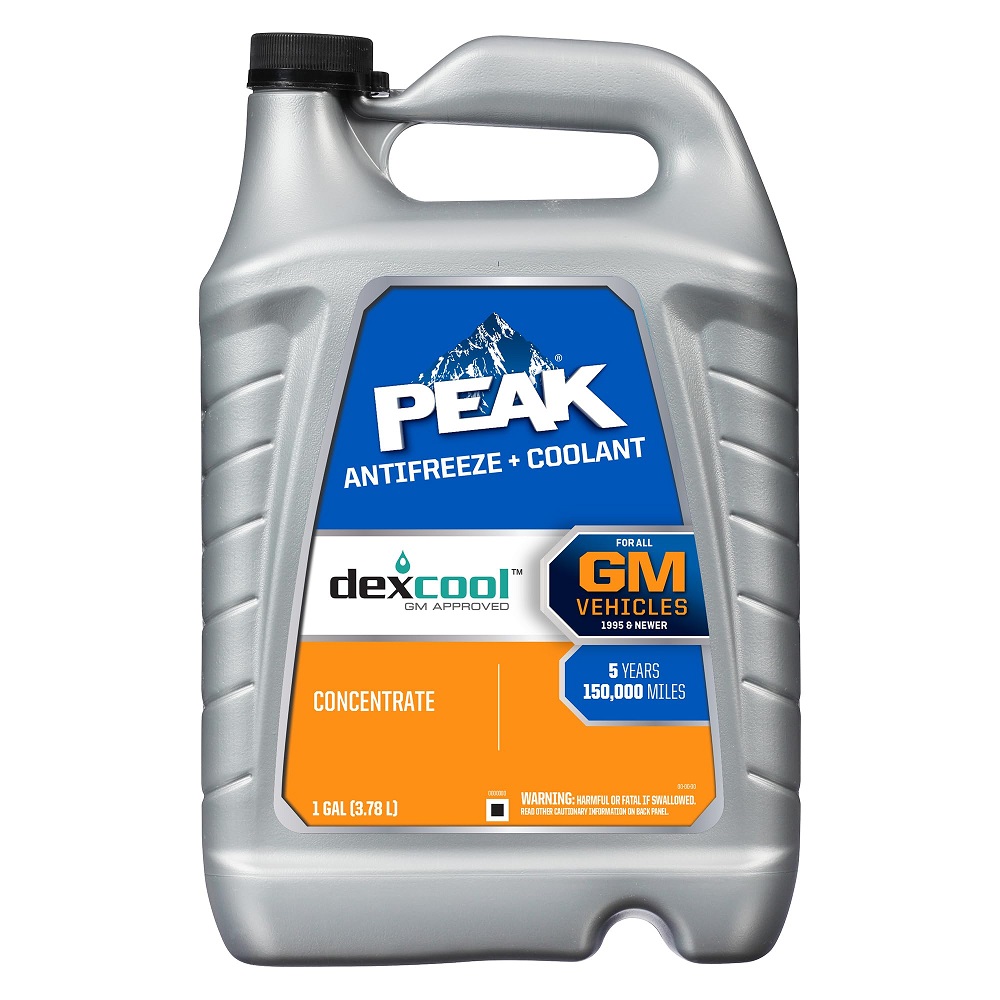
Choosing the Right Coolant for Your Car
Using the correct coolant is vital for vehicle efficiency. Consider these factors when selecting:
- Vehicle Compatibility: Verify the coolant type recommended by your car manufacturer (IAT, OAT, HOAT).
- Climate Conditions: Choose coolants that match your region’s temperature range.
- Brand Reliability: Select coolant brands with proven quality and performance ratings.
- Specialized Needs: Some vehicles, like European or Asian models, require specific formulations.
- Longevity: Longer-lasting coolants reduce replacement frequency and save money.
Always check the bottle for specifications and consult your mechanic for advice. Making informed choices ensures optimal engine care and performance.
Common Issues with Coolant
Car coolant issues can harm your vehicle’s performance and lead to costly damages. Being aware of these problems helps maintain your car’s health.
Coolant Leaks: Causes and Solutions
Coolant leaks are a frequent issue faced by vehicle owners. Understanding the causes can help prevent them:
- Damaged Radiator: Cracks in the radiator can allow coolant to seep out over time.
- Worn-Out Hoses: Old or brittle hoses may split, causing leakage.
- Faulty Water Pump: A worn water pump may fail, leading to loss of coolant.
- Loose Clamps: Improperly tightened hose clamps can result in leaks.
- Corroded Gaskets: Corrosion can weaken gaskets and lead to coolant loss.
To address leaks, follow these solutions:
- Inspect Regularly: Check hoses, clamps, and the radiator for signs of wear.
- Replace Damaged Parts: Swap out old hoses, pumps, or gaskets promptly.
- Use Sealant: Temporary sealants can fix minor leaks until repairs are done.
- Consult a Mechanic: For severe leaks, seek professional help.
Dealing with leaks quickly prevents overheating and keeps your engine safe.
Warning Signs of Damaged Coolant Systems
Recognizing early signs of coolant system issues can save your engine from damage. Look out for these indicators:
- Low Coolant Levels: Persistent drops in coolant level signal possible leaks or system faults.
- Engine Overheating: Consistently high engine temperatures indicate coolant system failure.
- Unusual Smells: A sweet smell often signals coolant leaks near or within the engine.
- Discolored Coolant: Contaminated or rusty coolant can clog your system.
- Steam Emission: Steam from the engine shows an overheating problem, often caused by low coolant.
Acting quickly when these warning signs appear can prevent costly engine repairs. Regular maintenance reduces the risk of system damage and ensures your coolant system works efficiently.
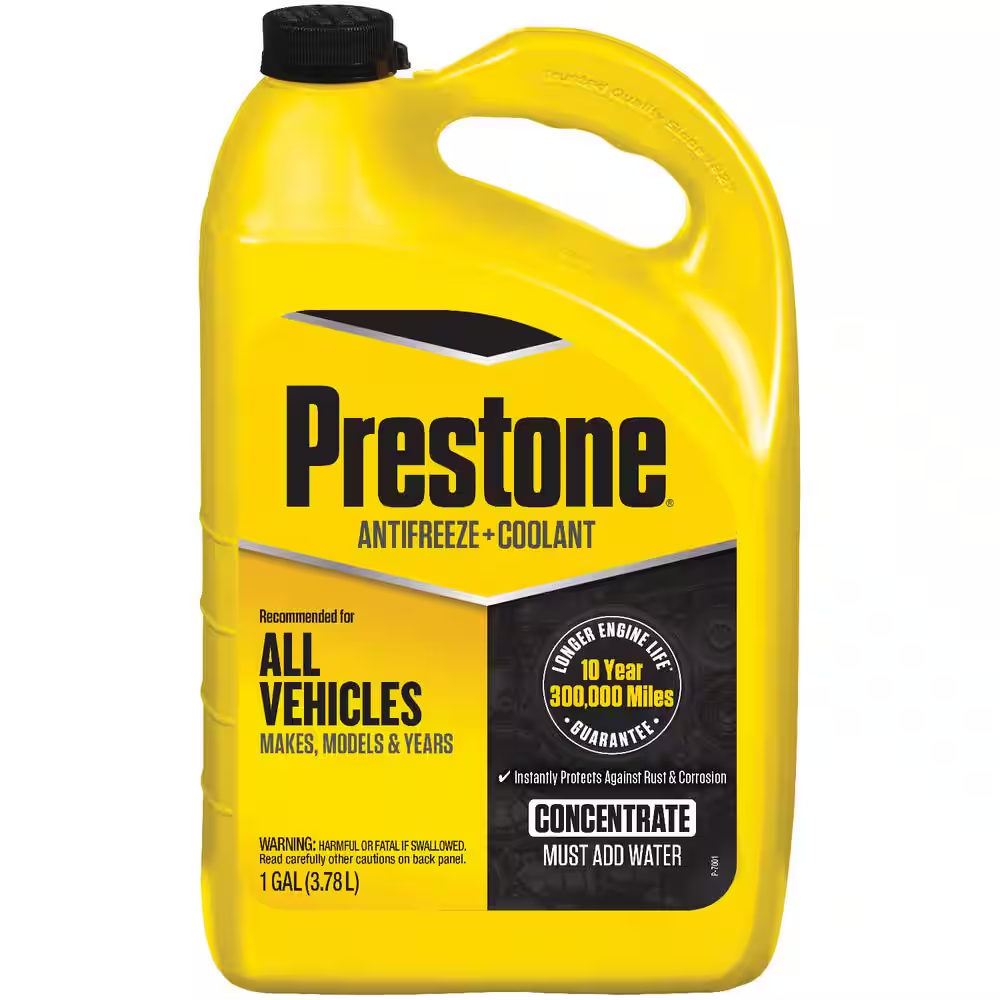
Frequently Asked Questions About Coolant
Can You Mix Different Types of Coolants?
Mixing different types of car coolant is generally not recommended. Different coolants have unique chemical formulas. Combining them might reduce their effectiveness, causing engine problems. For example, mixing OAT and IAT coolants can result in sludge build-up. Sludge can clog your cooling system and harm engine performance. Always ensure the coolant matches your vehicle’s specific requirements. Check your owner’s manual or consult a mechanic for guidance. If unsure, flush the system before switching coolant types to avoid compatibility issues.
How Often Should Coolant Be Replaced?
Car coolant replacement frequency varies by vehicle and coolant type. Most manufacturers recommend replacing coolant every 30,000 to 50,000 miles. However, some long-life coolants last up to five years or 100,000 miles. Regular coolant maintenance depends on driving habits and regional climate. Hot climates may require more frequent changes due to coolant evaporation. Always monitor coolant levels and check for contamination during routine inspections. Refer to your vehicle’s owner’s manual for specific intervals. Following these guidelines ensures a healthy engine and prevents costly repairs.
Understanding the Types of Coolant
1. Ethylene Glycol-Based Coolant
Ethylene glycol-based coolant is one of the most common types used in vehicles today. This type of coolant is known for its excellent heat transfer properties and thermal stability. Ethylene glycol helps a vehicle’s engine to maintain an optimal operating temperature, whether in extremely hot or cold conditions.
Benefits and Considerations
One notable benefit of ethylene glycol coolant is its ability to prevent freezing in winter. It requires a minimal concentration to lower the freezing point effectively, making it a reliable choice for cold climates. However, it’s important to note that ethylene glycol is toxic and should be handled with care. Always store and dispose of this type of coolant properly to avoid environmental contamination or accidental poisoning.
2. Propylene Glycol-Based Coolant
Propylene glycol-based coolant has gained popularity due to its less toxic nature compared to ethylene glycol. While it may not offer the same level of performance as ethylene glycol in extreme conditions, it is safer to use, making it a favorable choice for consumers wanting a more environmentally friendly option.
Usage and Application
Propylene glycol is commonly used in specific automotive applications and is often recommended for use in vehicles where safety is a higher priority, such as those around children and pets. Many manufacturers also offer propylene glycol blends that can provide decent heat transfer characteristics while being less hazardous to the environment.
3. Organic Acid Technology (OAT) Coolant
Another type of coolant is Organic Acid Technology (OAT). This coolant is designed to last longer than traditional coolants, requiring fewer changes over the lifespan of a vehicle. OAT formulations often come in vibrant colors and work effectively to prevent corrosion in modern engines.
Key Advantages
OAT coolants provide excellent protection against rust and scale, making them ideal for vehicles made with aluminum as well as traditional metal parts. Their extended life means that vehicle owners can go longer between coolant changes, helping to reduce maintenance frequency and expenses. However, it’s essential to ensure compatibility with your vehicle before switching to OAT coolant, as not all vehicles support it.
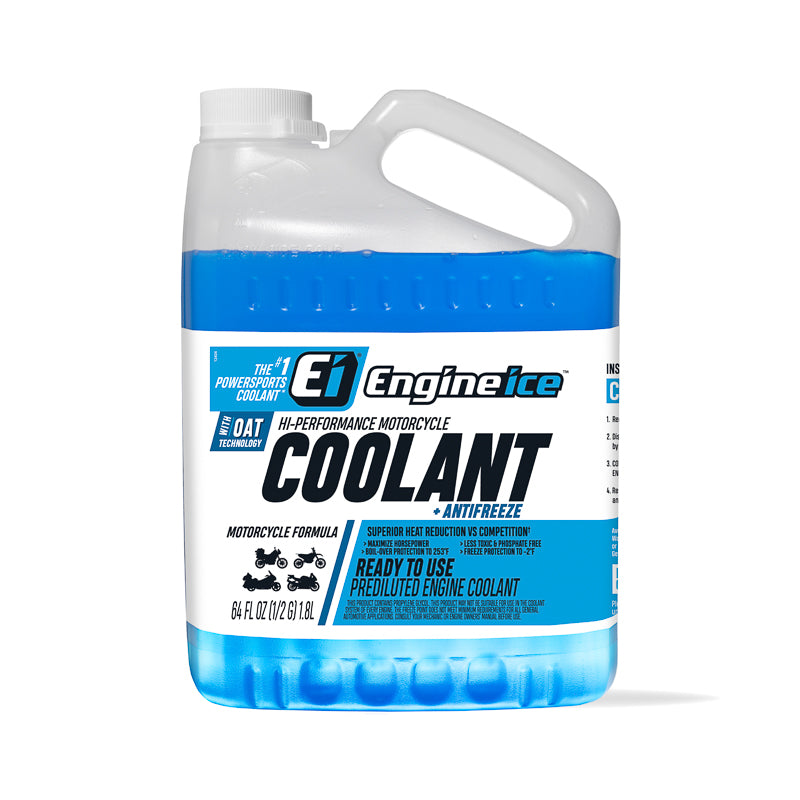
4. Hybrid Organic Acid Technology (HOAT) Coolant
HOAT coolant combines traditional and organic acid technologies to provide a balanced solution for vehicle cooling needs. This type of coolant offers the benefits of both conventional and organic coolants, giving it a broader range of applications.
Versatility and Performance
HOAT coolants typically provide better protection against corrosion and can work well in both older and newer vehicle models. They often come in a wider variety of colors and formulations, making it easier for vehicle owners to find the appropriate product for their specific engine requirements. Using HOAT coolants can enhance performance while minimizing the potential for damage between coolant changes.
5. Importance of Compatibility
Regardless of the type of coolant you choose, ensuring compatibility with your vehicle is paramount. Different vehicles have specifications that dictate the type of coolant that should be used. Using the incorrect coolant can lead to serious issues like corrosion, overheating, or system failures.
Checking Your Owner’s Manual
Always consult your vehicle’s owner’s manual for the manufacturer’s recommendations regarding coolant types. Many modern vehicles require specific coolant formulations to maintain warranty coverage. Properly adhering to these guidelines is crucial for maintaining your vehicle’s performance and reliability over the long term.
Conclusion: Proactive Coolant Management
Prioritizing Regular Maintenance
In summary, managing your car coolant is a fundamental aspect of vehicle maintenance that cannot be overlooked. Regardless of the type of coolant in your vehicle, maintaining appropriate levels and ensuring timely replacements are vital for optimal performance. By understanding the different types of coolant available and their characteristics, you can make informed decisions that directly impact your vehicle’s reliability.
Embrace a Routine
Embracing a routine of regular checks and service will help in catching potential issues early. Preventative maintenance, including coolant checks and fluid replacements, saves time and money in the long run. Take the time to educate yourself about your vehicle’s specific needs, as this knowledge will pay dividends in the future.
Confident Riding Ahead
With good coolant management practices in place, you can confidently hit the road, knowing your vehicle is well taken care of. An effective cooling system ensures your engine runs smoothly, keeping you safe during every journey. Embrace the adventures ahead, and always prioritize your vehicle’s health!
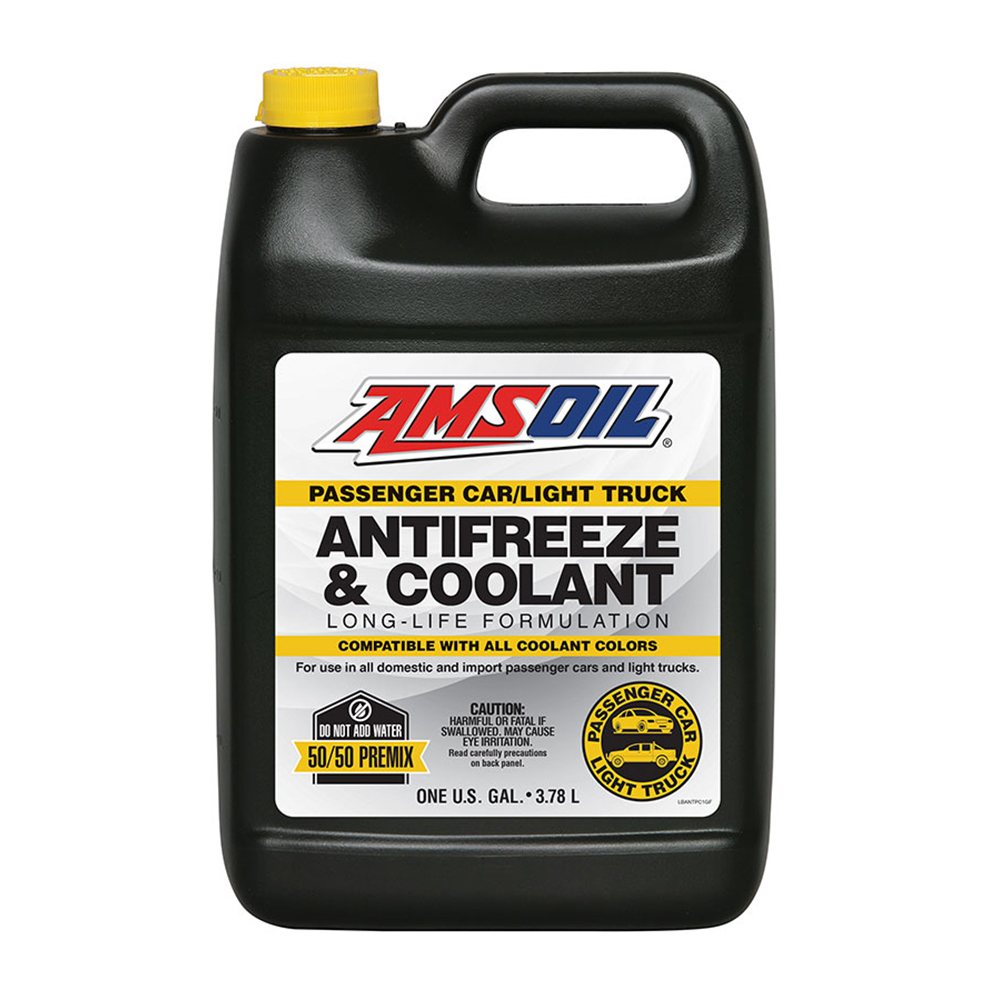
Leave a Reply